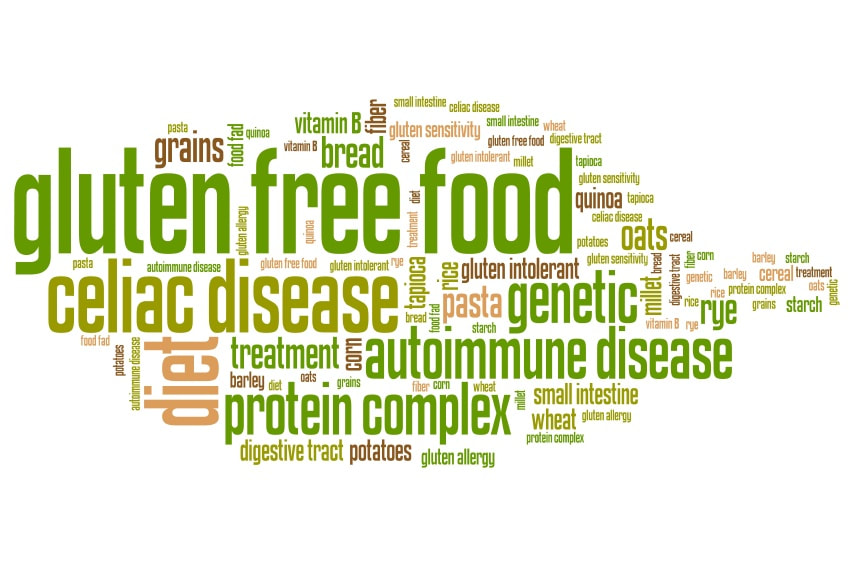|
Anaphylaxis is a generalized term for a severe reaction to an allergen that may be fatal if left untreated. Epinephrine, more commonly referred to as adrenaline, may be life-saving if administered to a person experiencing an anaphylactic reaction as quickly as possible. What is anaphylaxis?Anaphylaxis is a severe allergic reaction that can happen within seconds of exposure to an allergen, with peanuts and dairy being popular examples. But what makes someone allergic to these seemingly inoffensive substances? People who are allergic to these substances are allergic because their bodies respond to them as if they were infections. Our bodies are designed to attack foreign antigens and kill them, which results in the typical immune response to fever or inflammation. When your body detects that harmless substances are the equivalent to a foreign flu virus or bacteria, you are going to experience an unneeded immune response every time you come in contact with these substances. Anaphylaxis is a more severe immune response, resulting in chemicals flooding your bloodstream, resulting in shock; your airways close and your blood pressure drops, and immediate medical attention is necessary. Why is epinephrine a life-saving drug?Epinephrine is so useful during a anaphylaxis crisis because it increases blood flow in veins, thus decreasing swelling in your airways. Epinephrine, a hormone that the body naturally produces, is known as adrenaline and is associated with our fight-or-flight response. This is because epinephrine plays a significant role in the contraction of muscles, the metabolism of sugar in the bloodstream, and a person’s feelings of awareness and fear. Epinephrine may also attach to receptors on smooth muscle cells, which control autonomic processes such as breathing. So, when epinephrine is administered using an EpiPen, an epinephrine auto-injector, to the upper thigh, the hormone binds to the smooth muscle cells, causing airway constriction to subside. The hormone also signals your body to pump more blood, relaxing muscles and returning breathing to normal; this subsides the significant symptoms of anaphylaxis shock and may save a person’s life. However, it is important to note that epinephrine is not a long-term medication for allergies, and should not be a substitute for allergy medications such as antihistamines.
By Sarina Thapar
0 Comments
The terms “allergy” and “intolerance” sound similar and most people would say that they are synonymous; however, this is a common misconception. Food allergies and intolerances exhibit clear differences and require different types of treatment.
A food allergy is defined as a chronic condition in which exposure to a food triggers a damaging immune response. This response, called an allergic reaction, occurs because the immune system identifies these proteins as invaders in the body. The immune system overproduces antibodies called Immunoglobulin E (IgE) to attack the proteins, causing an allergic reaction. Food allergies can cause serious reactions by consuming or inhaling microscopic amounts of the offending food. Signs of an allergic reaction include hives, a swollen throat, and itching or tingling of the lips. Anaphylaxis is a serious allergic reaction that, if not treated immediately, can be fatal. In contrast, food intolerances are often less damaging because they involve the digestive system. In some cases, one is able to eat small amounts of the offending food without harmful effects. He or she may also be able to prevent an adverse reaction. For example, having a dairy allergy is sometimes confused with being lactose intolerant. Those who are lactose intolerant are able to drink lactose-free milk or take lactase enzyme pills to aid digestion. A food intolerance might make you feel uncomfortable or cause indigestion, but a food allergy has the potential to be life-threatening. Both food intolerances and allergies can cause nausea, stomach pains, excessive gas, and fatigue. This is why you should be aware of the effects that food has on your body. It is important to get tested for food allergies if you suspect a food is causing you harm. It is important to distinguish between food allergies and food intolerances in order to maintain good health and stay safe. By Samhitha Mupharaphu Makes 2 Servings
Written by Sarina Thapar Adapted from Bon Appetit Ingredients:
Instructions
Celiac disease is an immune reaction to ingesting gluten. Gluten is a common protein found wheat, rye, and barley products. When gluten is ingested by someone with Celiac disease, their body’s immune system attacks their small intestine. This process damages the villi, threadlike attachments to your small intestine that absorb nutrients. Every time someone with Celiac disease ingests gluten, they effectively impair their body’s ability to absorb nutrients. If continued, further consumption of gluten could lead to medical conditions such as Type I diabetes, malnutrition, infertility, miscarriage, neurological issues, lactose intolerance, and/or cancer. The chance of developing autoimmune diseases if undiagnosed past 20 years old is 34%. Currently, there is no cure for Celiac disease. The most common lifestyle change made by people with Celiac is adopting a completely, gluten-free diet. Even tiny amounts of gluten can trigger irreversible damage to the small intestine.
Stocking your pantry with gluten-free foods would seem like a logical first step, but what happens when you are not capable of having a choice? In fact, 1 in 7 Americans rely on food pantries for their meals. Those that are financially underprivileged often are not able to afford “free-from” groceries. Americans living below the poverty line rely on food pantries for their rations and millions of these people have food allergies/restrictions that comply with their health conditions. When there are no food options suits one’s health conditions, one simply eats what is given to them or doesn’t eat at all. Nourish America believes that we must focus on providing those in need with foods that enable them to thrive. By Sriya Chinthalapudi Edited by Shreya Shivakumar In honor of Nourish America's first gluten-free food drive, I felt that it would be appropriate to share an amazing gluten-free dessert recipe as our first blog post. This chocolate chip cookie recipe is perfect for those who are gluten, dairy, and egg-free. It's vegan, beginner-friendly, kid-approved, and delicious. This is the perfect chocolate chip cookie recipe to impress your family with this season. The ultimate CHOCOLATE CHIP COOKIEsGluten-Free and Vegan-Friendly
Makes 12 servings Ingredients:
Instructions:
|
Details
Archives
May 2021
Categories |
Powered by
 Create your own unique website with customizable templates.
Create your own unique website with customizable templates.
 Create your own unique website with customizable templates.
Create your own unique website with customizable templates.






 RSS Feed
RSS Feed